Nestled deep within the Arctic Circle, Finland’s iconic glass-roofed cabins have become synonymous with winter magic. These architectural marvels, designed to blend seamlessly with the snowy wilderness, offer more than just a cozy retreat—they serve as front-row seats to one of nature’s most dazzling performances: the aurora borealis. But beyond their aesthetic appeal, the design of these glass houses hinges on two critical scientific principles: thermal radiation management and optimal aurora visibility. The interplay between these factors determines whether guests spend their nights shivering under blankets or marveling at swirling green curtains in the sky.
The concept of thermal radiation in glass structures is often misunderstood. Unlike traditional log cabins, which rely on thick walls to retain heat, glass houses must combat heat loss through infrared emission. Engineers use low-emissivity (low-E) coatings—thin metallic layers applied to panes—to reflect interior warmth back inside while allowing visible light to pass unimpeded. This technology, borrowed from energy-efficient skyscrapers, proves vital when temperatures plunge below -30°C. Some premium resorts even employ triple-glazed panels filled with argon gas, reducing heat transfer by over 50% compared to standard double glazing.
Yet the pursuit of warmth can inadvertently sabotage the very experience these cabins promise. Excessive insulation or poorly angled glass may trap condensation, creating frost that obscures the night sky. Pioneering designs in Finnish Lapland now incorporate electrically heated outer layers—just enough to prevent ice buildup without causing thermal distortion. The glass itself undergoes rigorous optical testing; even minor impurities could scatter light from faint auroras. It’s a delicate balance: too much technology risks turning the cabin into a stuffy terrarium, while too little leaves guests squinting through ice-caked windows.
Aurora visibility depends on more than clear glass. Geographic positioning plays a pivotal role—the cabins cluster within the "auroral oval," a 3,000-km-wide band where solar particles collide most intensely with Earth’s magnetosphere. Resorts like Kakslauttanen and Levin Iglut strategically place cabins away from light pollution, often on frozen lakes where horizons stretch uninterrupted. But location alone isn’t enough. The glass roofs follow precise curvature algorithms; too steep an angle limits the field of view, while too shallow accumulates snow. Some newer models feature rotating panels that track the aurora’s movement across the sky, a nod to astronomical observatories.
Climate change introduces unexpected variables into this equation. Warmer winters have increased cloud cover in some regions, reducing aurora sightings by up to 15% over the past decade. Paradoxically, heightened solar activity during the current solar cycle (2023-2026) has boosted auroral intensity. Savvy resorts now provide real-time space weather updates and "aurora alarms"—gentle bedside notifications when lights appear. Meanwhile, architects experiment with hybrid designs: retractable roofs for cloudy nights, or mirrored ceilings that amplify faint displays during suboptimal conditions.
The cultural significance of these structures transcends tourism. For the indigenous Sámi people, the northern lights hold spiritual meaning, and contemporary glass cabins subtly incorporate elements of traditional goahti dwellings. The interplay of modern science and ancient wisdom manifests in details like orientation—many cabins align northward not just for auroras, but in homage to Sámi cosmology. This duality appeals to travelers seeking both cutting-edge comfort and a connection to Arctic heritage.
As demand grows, sustainability concerns emerge. Glass production remains energy-intensive, prompting some builders to use recycled materials or bio-based transparent wood composites. A few forward-thinking resorts now integrate photovoltaic cells into roof panels, harnessing the midnight sun to offset winter heating costs. Others employ geothermal systems that pipe warmth from underground springs—a solution as old as Finland’s sauna culture, repurposed for space-age lodgings.
For visitors, the magic lies in the contradictions: sitting in shirt sleeves while snow drifts overhead, or watching celestial fireworks through glass that somehow vanishes into the experience. The finest glass cabins achieve what all great architecture does—they disappear, leaving only the wonder of their surroundings. As one veteran aurora guide remarked, "We don’t sell rooms; we sell moments when the sky tears open." In that fleeting intersection of physics, design, and nature’s grandeur, Finland’s glass houses have redefined what it means to witness light.

By /Jun 5, 2025
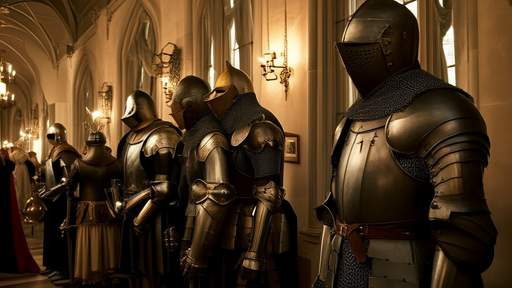
By /Jun 5, 2025
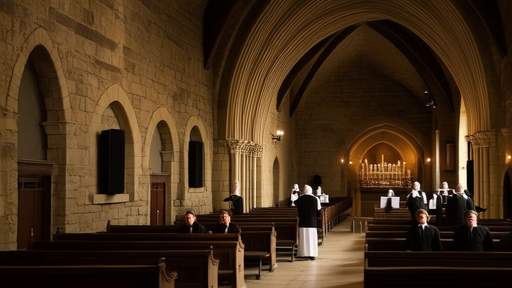
By /Jun 5, 2025
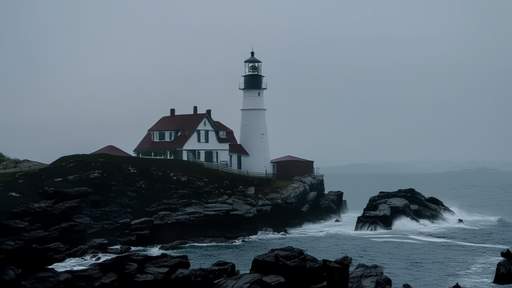
By /Jun 5, 2025
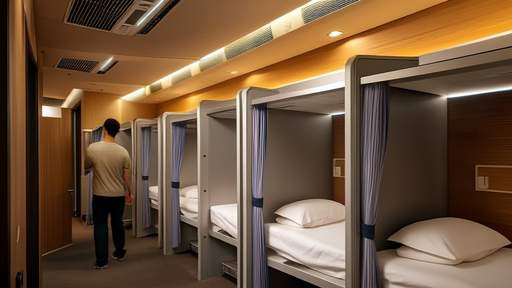
By /Jun 5, 2025

By /Jun 5, 2025
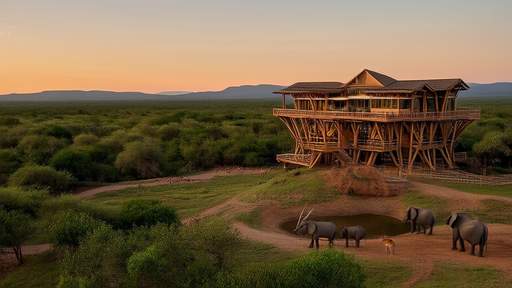
By /Jun 5, 2025
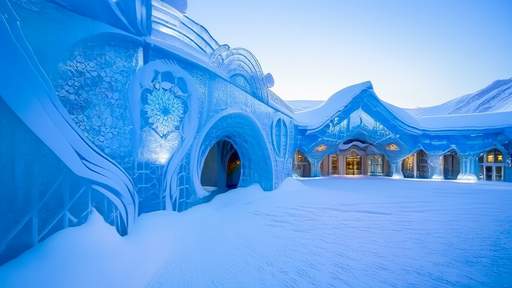
By /Jun 5, 2025

By /Jun 5, 2025

By /Jun 5, 2025
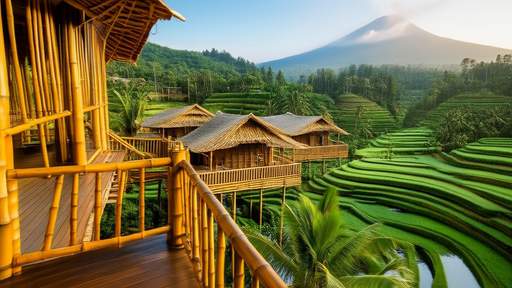
By /Jun 5, 2025
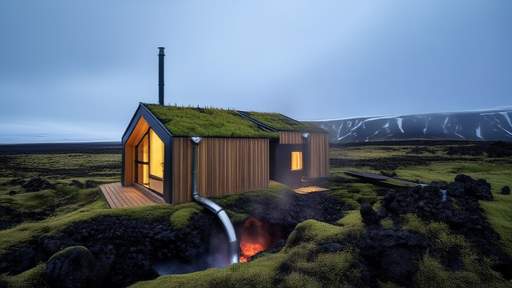
By /Jun 5, 2025
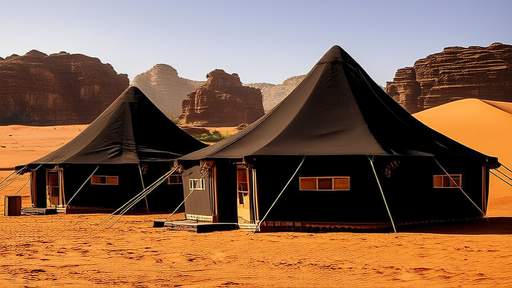
By /Jun 5, 2025
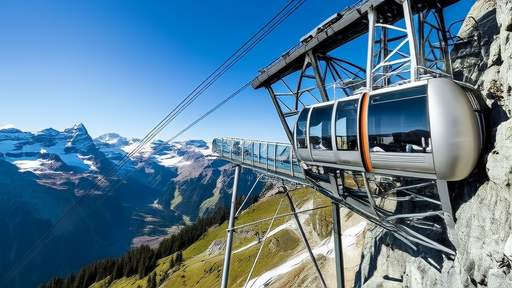
By /Jun 5, 2025
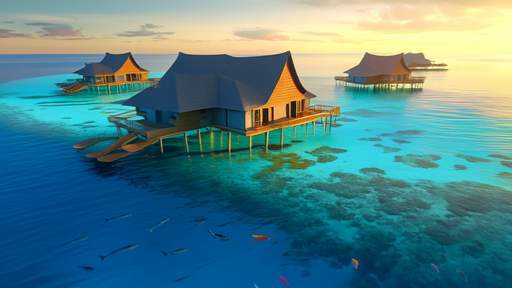
By /Jun 5, 2025
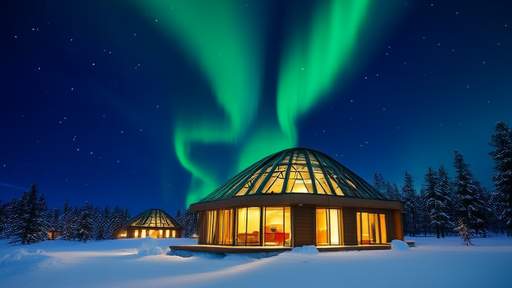
By /Jun 5, 2025
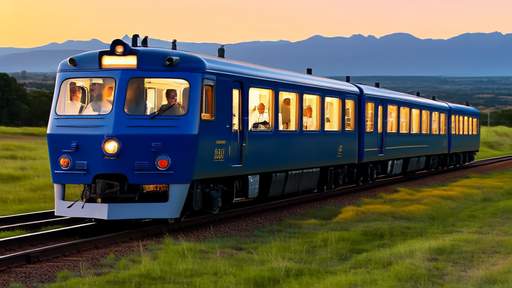
By /Jun 5, 2025
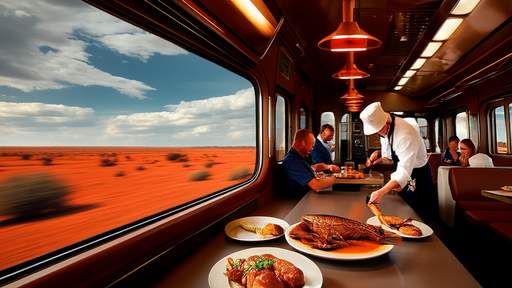
By /Jun 5, 2025

By /Jun 5, 2025
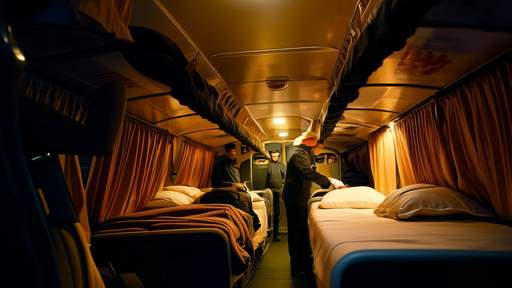
By /Jun 5, 2025